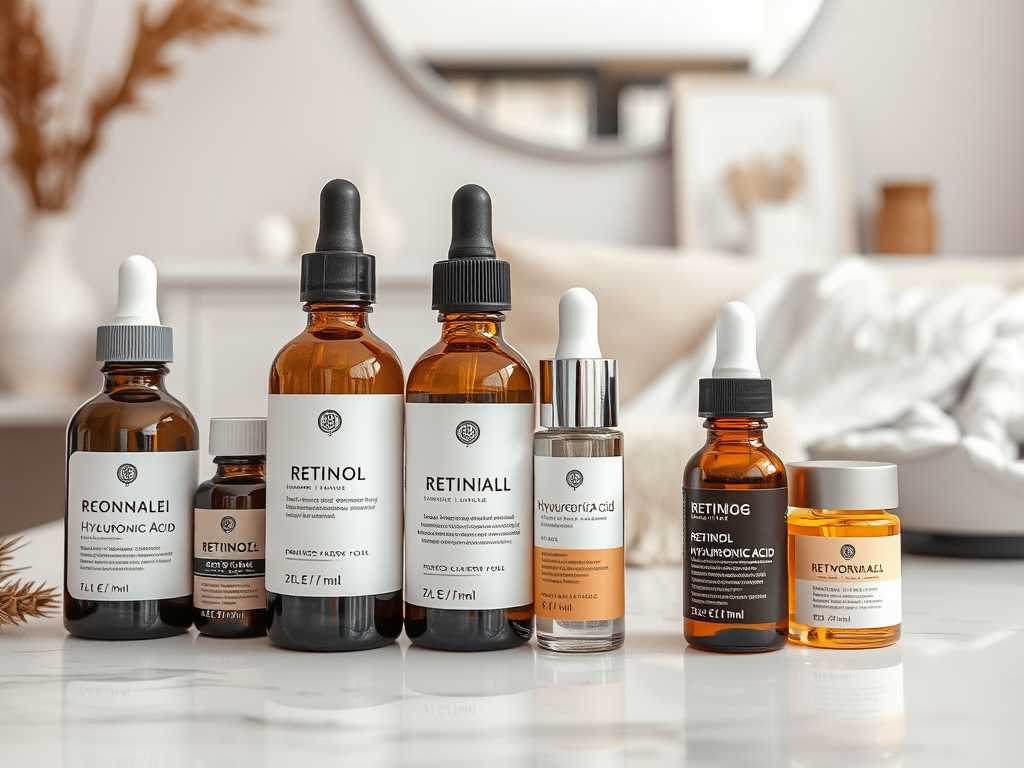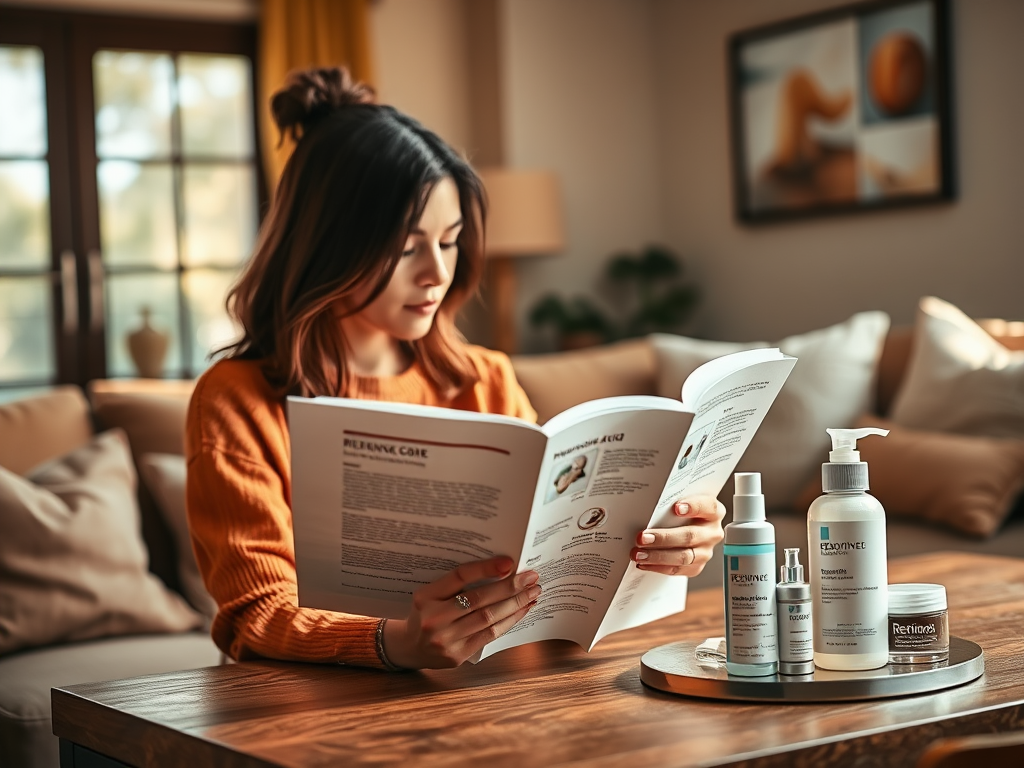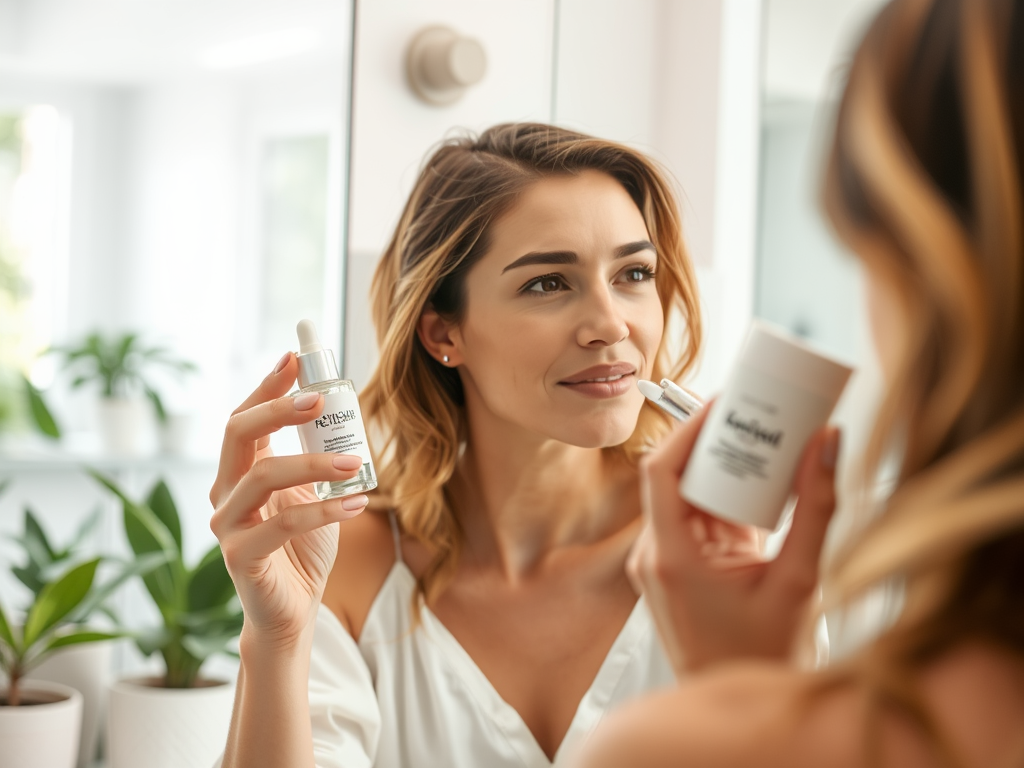In the world of skincare, few combinations are as compelling as retinol and hyaluronic acid. Each potion offers a unique set of benefits, coming together to potentially enhance your glowing appearance when used properly. However, with great power comes great responsibility, and many enthusiasts make common mistakes when merging these two potent ingredients in their routine. Understanding how to navigate this combination can be the key to unlocking the best results without unnecessary irritation or setbacks.
Retinol, a derivative of vitamin A, is known for its ability to promote cell turnover and encourage youthful skin. Hyaluronic acid, on the other hand, serves as a moisture magnet, capable of holding up to 1,000 times its weight in water. When applied together, these two ingredients promise a mini-revolution for your skincare routine. Yet, the art of application can often be more complicated than it appears. Let’s dive deeper into the unique characteristics of each ingredient and start identifying some common pitfalls.
Understanding Retinol

Retinol is not just a buzzword in the beauty industry; it’s a scientifically backed powerhouse. As a form of vitamin A, this ingredient catalyzes your skin’s natural renewal process, making it invaluable for combating signs of aging and acne. Its benefits don’t stop there; retinol can also improve skin texture, tone, and pigment while reducing the appearance of fine lines. However, before you dive in, it’s crucial to consider its potential side effects—ranging from dryness to irritation, especially for those new to retinol.
With a myriad of benefits, retinol is often regarded as a cornerstone in any effective skincare regimen. It aids in the acceleration of cellular turnover, making it an essential ally against the sluggish skin that often accompanies age. Additionally, its ability to stimulate collagen production makes it an effective tool for tackling wrinkles and fine lines. Notably, even though these benefits are impressive, users must introduce retinol slowly to their routine to minimize adverse reactions.
Exploring Hyaluronic Acid

Hyaluronic acid is often celebrated for its extraordinary ability to moisten and plump the skin, creating a youthful glow. This naturally occurring substance can be found in our bodies, but its levels decline with age, leading to dryness and a loss of plumpness. Fortunately, topical applications can provide the skin with a much-needed boost, enabling it to retain hydration more effectively. This property makes hyaluronic acid a perfect foil to retinol, which can lead to dryness in some individuals.
Hyaluronic acid acts as a calming, hydrating agent, helping to soothe irritation caused by retinol. It penetrates the skin quickly, allowing for optimal hydration levels without feeling greasy. Its ability to attract and hold moisture means skin appears more radiant, soft, and smooth. When employed correctly alongside retinol, this ingredient can balance out the retinol-induced dryness, creating a harmonious skincare experience.
Common Mistakes When Combining Retinol and Hyaluronic Acid
Even the most seasoned skincare aficionados can falter when combining retinol and hyaluronic acid. Below are some of the frequent mistakes that may hinder your skincare goals.
- Over-applying Products: Layering too much product can lead to irritation or breakouts. Remember, more is not always better.
- Incorrect Application Order: Always apply retinol first, followed by hyaluronic acid. This order maximizes the absorption of both products.
- Ignoring Skin Sensitivity: Every individual’s skin reacts differently, so assessing your skin’s sensitivity to retinol is essential.
- Not Allowing for Proper Absorption: Ensure that your skin has adequate time to absorb each product before applying the next layer.
| Aspect | Retinol | Hyaluronic Acid |
|---|---|---|
| Purpose | Cell turnover & anti-aging | Hydration & moisture retention |
| Application Order | First | Second |
| Frequency of Use | 2-3 times a week initially | Can be used daily |
Best Practices for Combining Retinol and Hyaluronic Acid
To maximize the benefits of both ingredients, consider the following best practices:
- Start Slowly: If you’re new to using retinol, begin with lower concentrations and gradually increase.
- Patch Test: Always patch test new products to gauge your skin’s reaction.
- Consult a Dermatologist: Personalized advice can make a significant difference depending on your skin type.
Conclusion
Combining retinol with hyaluronic acid can lead to extraordinary results, transforming your skincare regimen into a powerhouse of hydration and rejuvenation. However, being aware of the common mistakes and knowing how to apply these products correctly is crucial. Arm yourself with the right knowledge, proceed with caution, and enjoy the benefits that these potent ingredients can deliver.
Frequently Asked Questions
- Can I use retinol and hyaluronic acid together every night? It’s best to monitor your skin’s response. Start with a few times a week and increase frequency as tolerated.
- What should I do if my skin gets irritated? Reduce the frequency of retinol use and consider incorporating a soothing moisturizer or barrier cream.
- Is it necessary to use sunscreen when using retinol? Yes, retinol can increase sun sensitivity, so daily sunscreen use is crucial to protect your skin.
- Can I layer other products with retinol and hyaluronic acid? Yes, but be cautious of the order of application and the ingredients in other products to avoid irritation.
- How long does it take to see results from retinol and hyaluronic acid? Results vary depending on skin type, but improvements can typically be seen within 4 to 12 weeks of consistent use.
